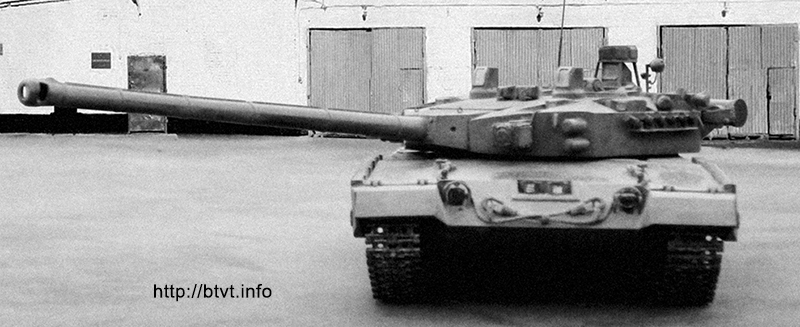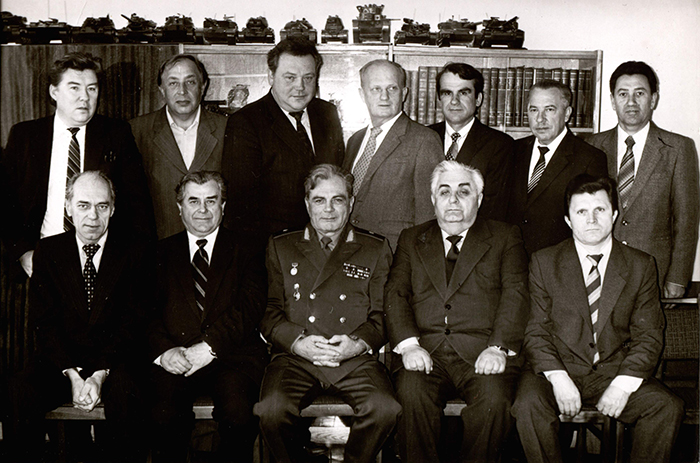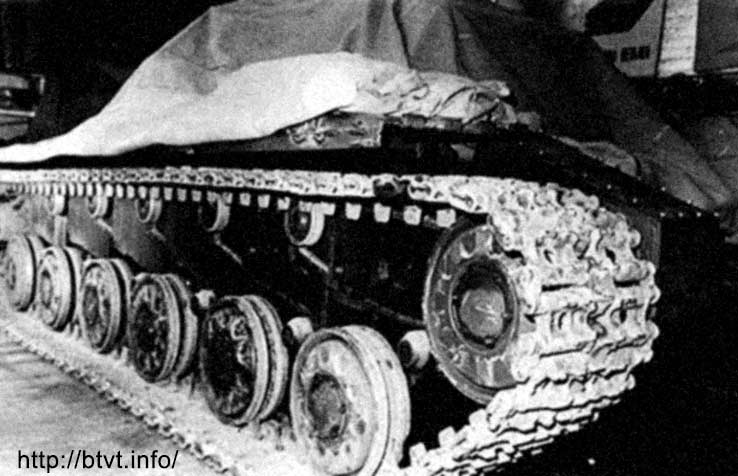Andrei_bt
ACCESS: Confidential
- Joined
- 24 October 2009
- Messages
- 117
- Reaction score
- 153
Future Soviet tank project “Object 490 Poplar” was under development by Eugenie Morozov's team from the end of 70-th up to the end of 80-s.
The main features of the “Object 490” were:
- crew consisting of two people - commander-gunner and driver. Reduce the crew to two people and place them in a compact, well-protected capsule. Depending on the specific layout, this gives a volume saving of up to 1.2 m3.
- the use of hydro pneumatic suspension. In addition to solving the main problem - increasing average speeds by improving running smoothness, it allows to control the clearance of the tank, which increases maneuverability and survivability in battle. In addition, controlled hydro pneumatic suspension by changing the hull angle allows to increase the pointing angles of the gun in the vertical plane.
- Creation of a special armored refueling and reloading vehicle capable of accompanying the tank in the same formation, overcoming hard natural and artificial obstacles, passing through nuclear contaminated areas of the terrain, and operating under conditions of use of nuclear weapons. In layout no. 1 and 2, it was supposed to implement the replenishment of ammunition and refueling the tank without leaving the crews of the tank and refueling-loading machine.




http://btvt.info/7english/490_eng.htm
The main features of the “Object 490” were:
- crew consisting of two people - commander-gunner and driver. Reduce the crew to two people and place them in a compact, well-protected capsule. Depending on the specific layout, this gives a volume saving of up to 1.2 m3.
- the use of hydro pneumatic suspension. In addition to solving the main problem - increasing average speeds by improving running smoothness, it allows to control the clearance of the tank, which increases maneuverability and survivability in battle. In addition, controlled hydro pneumatic suspension by changing the hull angle allows to increase the pointing angles of the gun in the vertical plane.
- Creation of a special armored refueling and reloading vehicle capable of accompanying the tank in the same formation, overcoming hard natural and artificial obstacles, passing through nuclear contaminated areas of the terrain, and operating under conditions of use of nuclear weapons. In layout no. 1 and 2, it was supposed to implement the replenishment of ammunition and refueling the tank without leaving the crews of the tank and refueling-loading machine.




http://btvt.info/7english/490_eng.htm
